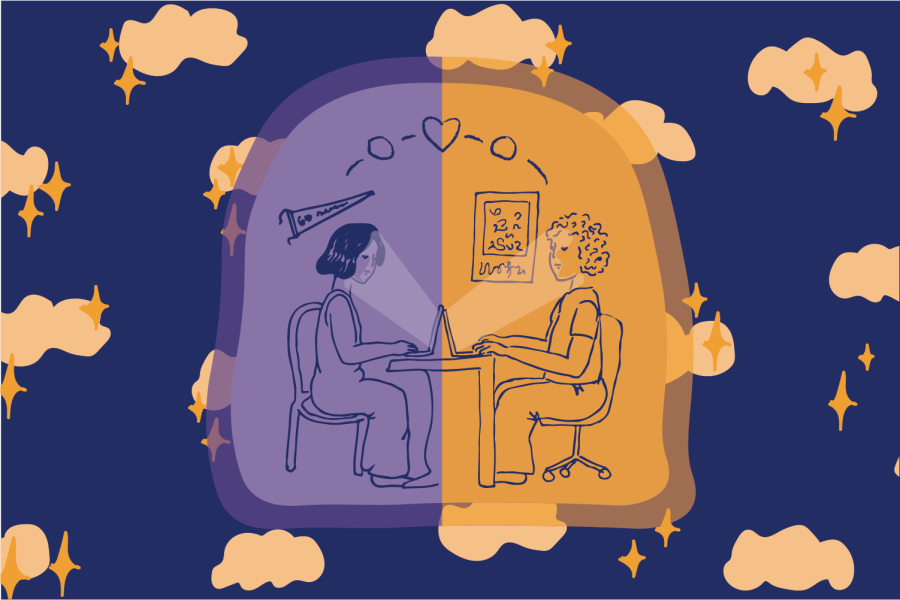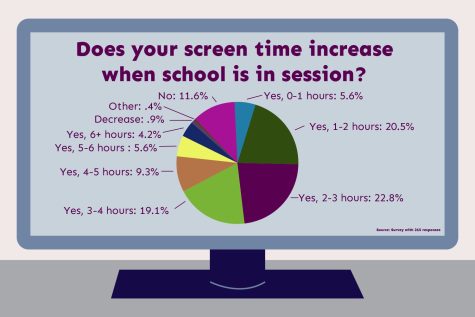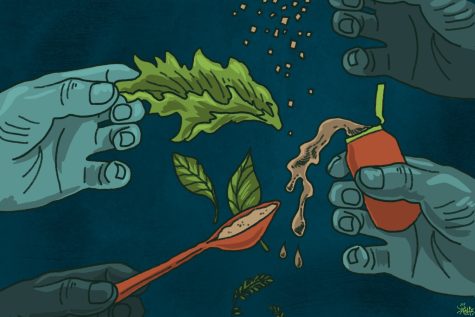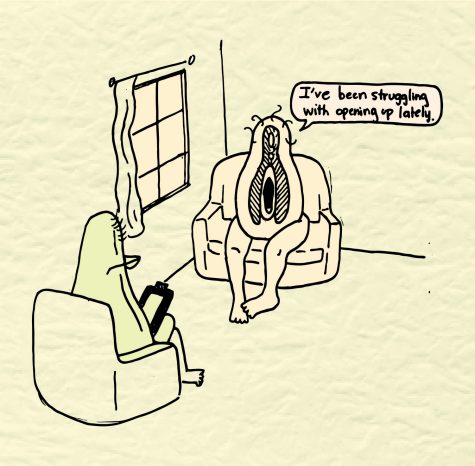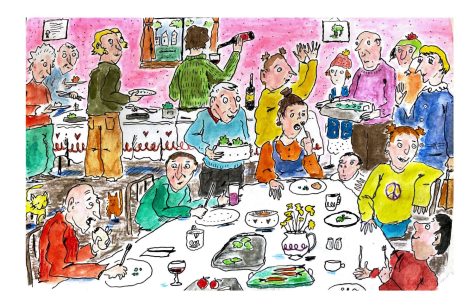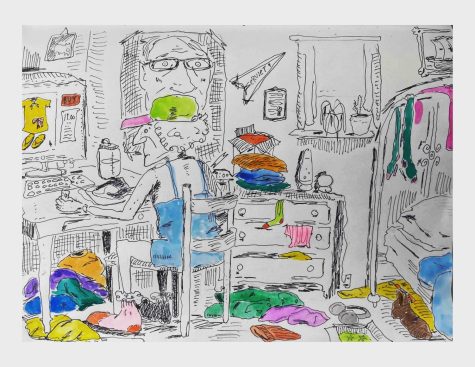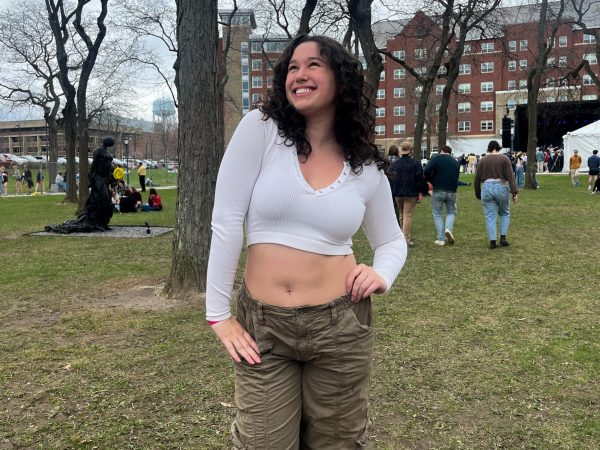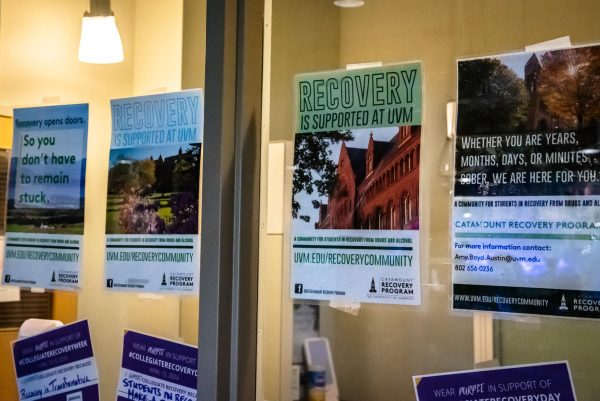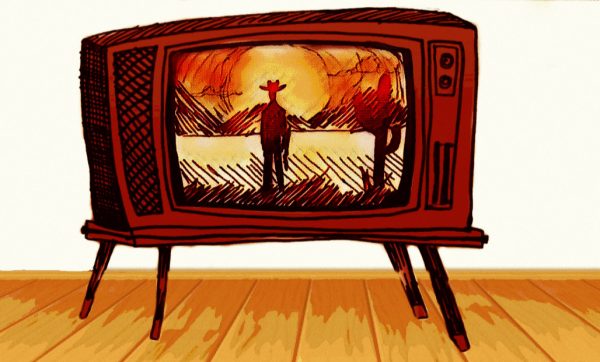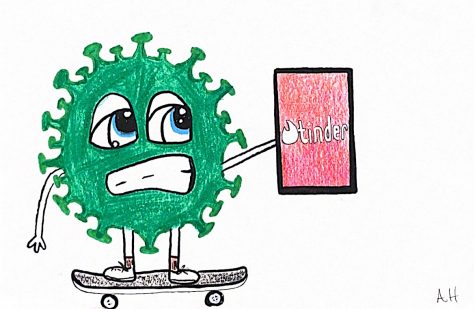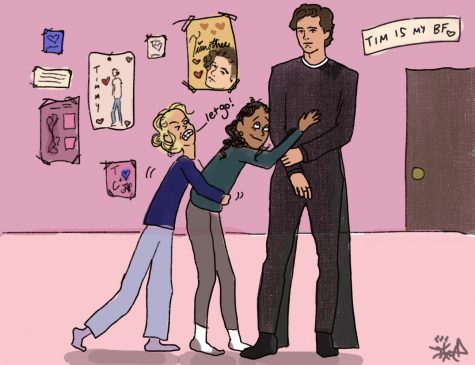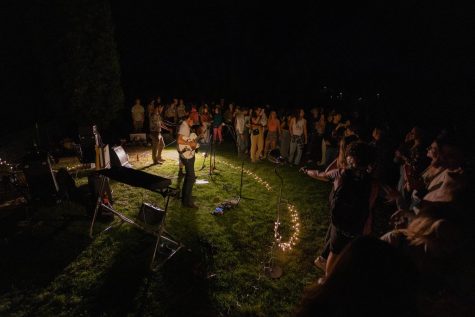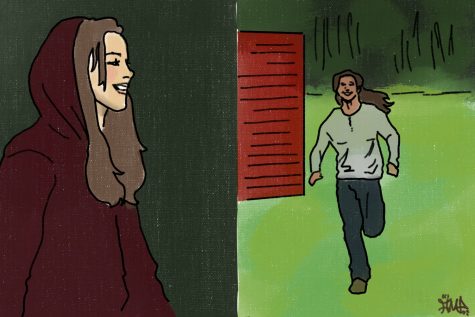Class of 2026 is making long-distance work
Don’t hate me for this, but my high school boyfriend and I decided to attend the same college.
Quite frankly, I don’t think I would’ve survived a long-distance relationship. I believed many other people I’d later meet at UVM would feel the same way, but to my surprise, most of the other first-years I met upon my arrival informed me they were in long-distance relationships.
Other people, including first-year Sophia MacKinnon, also anecdotally identified a seemingly high rate of long-distance relationships.
“I noticed both girls and boys, but predominantly freshman boys here at UVM, came to school with girlfriends and/or boyfriends [back home],” MacKinnon said.
This phenomenon piqued my curiosity. I thought my generation tended to be more pessimistic about love, but many first-year relationships were boldly braving long distances.
Most of the Class of 2026 experienced three years of pandemic-influenced high school, when COVID-19 first hit. Many people had to learn to establish intimacy and connection in their relationships remotely.
The pandemic allowed people to practice building and maintaining relationships despite physical distance, giving some the confidence to carry their long-distance relationships into college, said Jenna Emerson, UVM health and sexuality educator.
“There is a lot of strength in that experience of COVID, […coming to terms with whether] you can or can’t sustain relationships virtually,” Emerson said.
FaceTime, Zoom and other video communication platforms have opened up an avenue for people to spend time together without actually being together. While eating a meal together on FaceTime is obviously not the same as doing so in person, people are still able to have a face-to-face moment and a shared experience with the help of technology.
Our experience in long-distance relationships during the pandemic can certainly lower the stress of one’s significant other being hundreds of miles away during the semester. However, the pandemic was not positive enough of an experience to encourage me personally to brave the ordeal of spending four years of a relationship with limited in-person intimacy.
So, I had to consider what additional reasons were convincing enough to encourage so many first-years to continue high school relationships into college.
Other students, like first-year Sofia Puccio, explored more creative options for continuing their relationships into college.
“What we decided to do was an open relationship,” Puccio said.
Our generation’s openness around relationships allows for experimentation outside the boundaries of monogamy. Allowing your significant other the space to explore with the promise of still coming together is a cool concept.
Especially for relationships as long-lasting as Puccio’s, who has been with her partner for four years, adapting to an open relationship can alleviate a lot of stress and worry surrounding each other’s activities.
“We decided to do something a little more flexible so that both of us could go out, meet people [and] not be afraid about hurting the other person,” Puccio said.
I will admit to being a pessimist about long-distance relationships, especially in college. People are willingly signing up for four years of limited in-person contact with no promise of being together in the end.
But from my own experience, the feeling of knowing your most important person—either near or far—is still in your corner is incredibly reassuring.
I would not have wanted to end my relationship for college. And if first-year couples have survived COVID-19 or other obstacles, why not give at least give long-distance a shot?
Leaving home for school means giving up all the comforts of home, but with the educational experience of COVID-19 and the application of flexible relationship styles, it is possible to confidently carry the comfort of a significant other into college.


